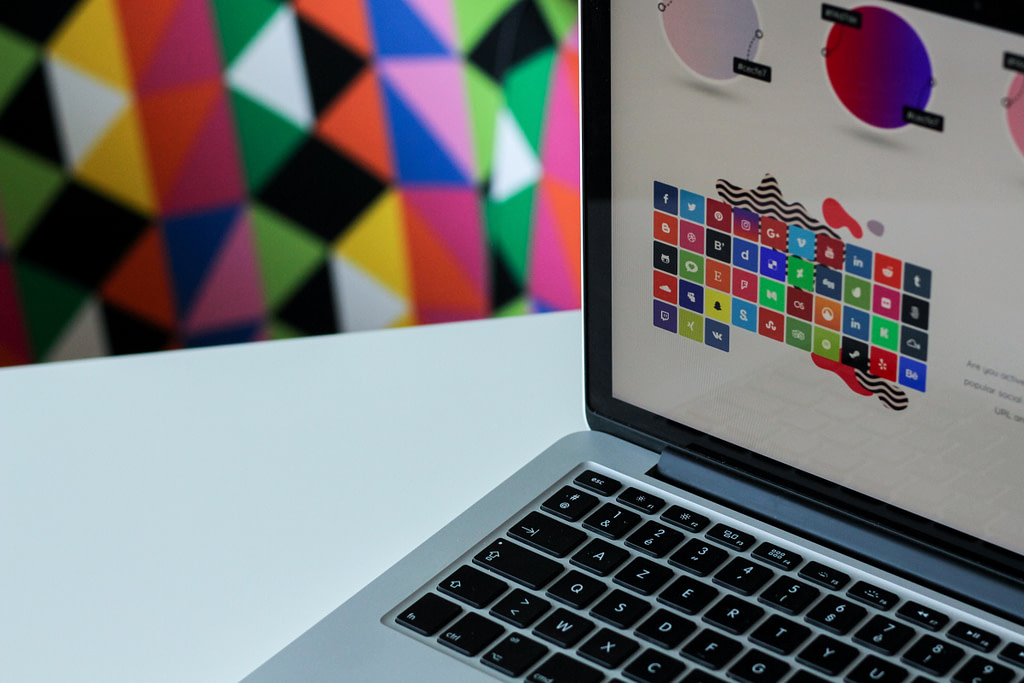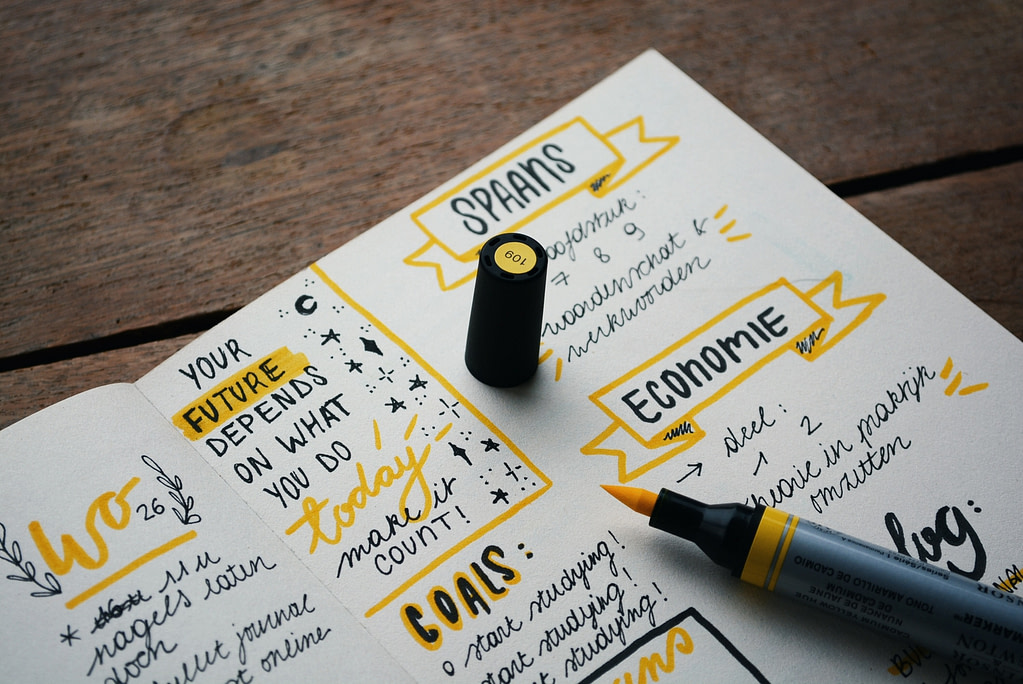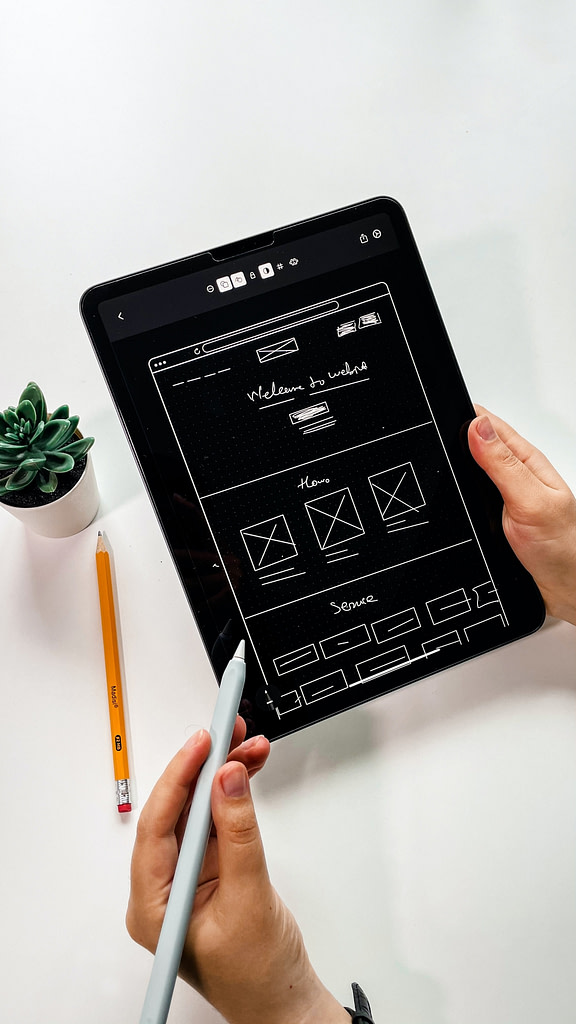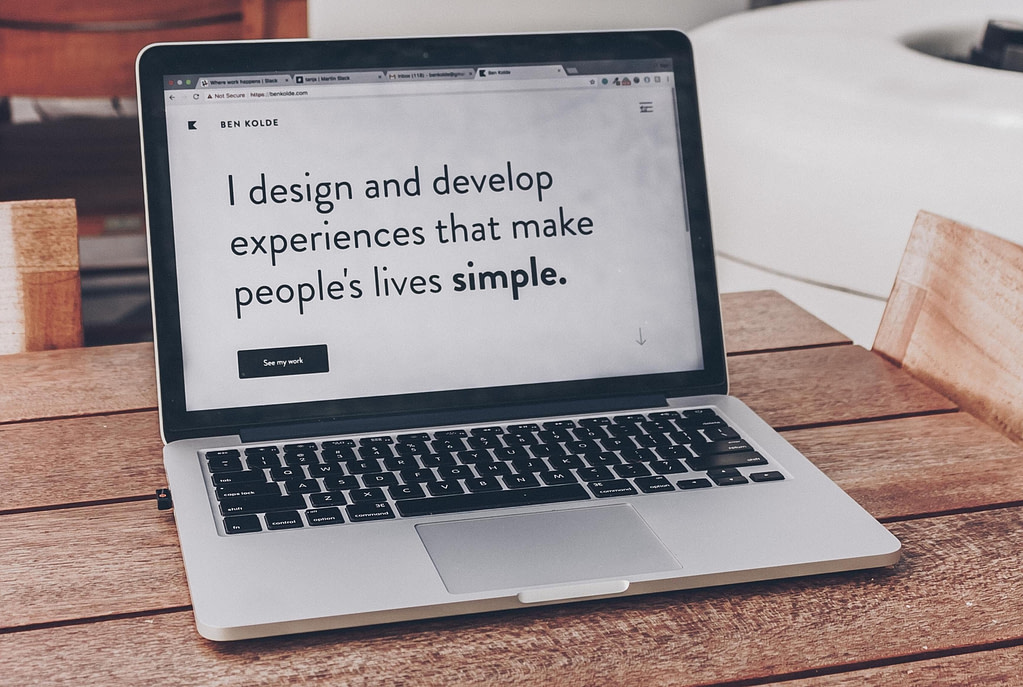Designing a new app can be a long and, potentially, complicated process. Unfortunately, according to Startup Grind, 9,999 out of 10,000 apps won’t live to see market success. It’s hardly surprising if we consider that 25% of apps are only ever launched once. Yikes!
There is a range of different reasons for this – from usability issues to lack of product-market fit. The only way to mitigate against them is to work through a rigorous product design process that incorporates both digital product design services and UX design. Too often, companies will focus only on one side of the coin, ignoring the other, and paying the price for it.
In this article, we’ll unpack product design vs. UX design so that you don’t make that mistake, and you can build an app that your customers will love to use.

The Key Difference Between Product Design and UX Design
Let’s first take a look at how product design and UX design vary.
What do UX designers do?
At its core, UX designers focus their efforts on the user experience, making sure that whatever is built actually meets their needs. By putting themselves in the minds of the end-users, they can craft an experience that feels seamless and built-for-purpose. They work tirelessly to design all the interactions so that the product is accessible, useful, and intuitive.
A UX designer will take control of the entire design thinking process, running from research to ideation, and all the way through to final execution. At all times, they strive to remain people-driven, especially in the user testing and prototyping phases, where they work to validate the idea and the product’s impact on real people.
What Do Product Designers Do?
A product designer’s role is a little bit harder to define because it can be very flexible, and the scope will differ depending on the project and the team involved. The best analogy is that it is similar to the role of a full-stack designer that works in a multidisciplinary fashion on UX, UI, coding, project management, and other forms of problem-solving. The product designer is, first and foremost, a problem solver, dealing with any obstacles that arise throughout the product development process.
6 most common concerns and wrong assumptions
They don’t do this alone, however. To solve problems, product designers will assemble teams that work on solutions, create usability test plans, produce wireframes, and go through various rounds of A/B testing. The product designer remains the guardian of the product, ensuring that what is being built is relevant, cost-effective, and functional. All this helps them keep the various stakeholders happy.
Now that you know the difference in roles between product design and UX design specialists, you might be wondering:
How Does Product Design vs. UX Design Differ?
For starters, product design and UX design should never be at odds with one another. They are both important components of any product development, and they complement each other. To help you understand these concepts, here are some of the key differences between product design and ux design:
Different stakeholder focus, same goal
In their work, product designers focus on the business requirements in their work and on creating something that is robust and scalable. For example, a product designer might ask: “Does this product experience align with the idea where business wants to be in 6 months?” Whereas a UX designer might ask: “How will this experience benefit our users?”. See the difference?
This is not to say that a product designer doesn’t have the user’s needs at the front of their mind and that they will ignore the UX. Rather, they are often looking out more for the business itself for the sake of long-term sustainability and the mission as a whole. They are, however, fully aware of the fact that the completion of business goals depends on creating a rewarding both product and user experience.
The UX designer, on the other hand, is a strong advocate for the user. They focus solely on creating a product that users will love and that will solve whatever problem they’re working to tackle. Their business mind is sharp, their knowledge of the domain is very deep, and they leverage this to create product experiences that users will love.

They use different design methods
The UX designer’s main concern is how the product feels to use. Therefore, their entire process centers around that idea. They will write up various user personas and scenarios and construct common interaction patterns and journeys. All the while, ensuring that every step of the journey is simple and creates value for the user.
They will then prototype an interface for the product so that they can get some user feedback. The UX designer will quantify this by observing and tracking what users do as they move through the various user journeys. This can be done through A/B testing, email surveys, and a range of other forms of evaluation.
Product designers are much more focused on the look and feel of the entire product as they are responsible for product experience management. Their process centers around managing and providing insights on how the components work together and how they will differentiate themselves in the marketplace. They are always on the lookout for new market opportunities and will strategize as to how to implement a viable solution.
They require a different skillset
Product designers need to have a higher level of decision-making and business foresight in order to accomplish their goals. This is because product designers are responsible for more general decisions throughout the process including UI design, research, and visual design.
UX designers have a much more specific skill set. They should have the skills necessary to create process flows, sitemaps, workflow diagrams, and an ability to collect and analyze user feedback. It’s much more niche than a product designer.
Read also: What is the difference between UI and UX?
Key Elements That Every Product Design Process Should Include
Every product design process is going to be unique, but there are certain core elements that should always be part of the journey:
User Research
If you don’t understand what your users want and need, you’ll never be able to create something that is valuable to the market. User research refers to a methodical and systematic study of your target user base that helps you to understand their needs and pain points. These insights help you improve your UX in the long run.
User researchers can use a wide variety of methods to accomplish this, including qualitative and quantitative research. The key, though, is to transform those insights into actionable steps that inform the design, so that the product remains relevant and useful to the intended target market.
Value Proposition Design
Once you understand the user you’re trying to serve, you then have to create a product that is going to provide value to that user. This is often referred to as value proposition design. You need to be able to clearly articulate the value proposition of your product, how it relieves the pains of the user, and how that is going to fit what the market is looking for.
This is the core thrust of the idea and should drive all the design and testing that comes afterward. If you haven’t mapped out the path to product-market fit before you start, you’re likely to go down the wrong path. Research from Harvard Business Review shows that in 2019, almost $900 billion of the $1.3 billion spent on digital transformation went to waste because companies didn’t actually have a clear grasp on the value proposition. Don’t be part of that cohort.
User Experience Design
The next step is to think through the user journey and plan how to make the experience as efficient, intuitive, and valuable as possible for your end-user. Here, you’re looking at the various interaction patterns, forms of input, and how to succinctly deliver your value proposition. The better your user experience design, the more likely it is that your users will come back to your product and recommend it to their social circles.
Wireframing
Once you know what sort of user experience you want to create, it’s time to build some wireframes. These are static versions of what your product will look like, which allow you to envision the end product and see if what you have in mind can actually work. The goal is to arrive at a raw version of your product that lays out the structure, main functionality, and flow between various components. When you see it in this format, you’ll likely find some areas for improvement that you can fine-tune before you start to build your product and the ongoing product experience.

Prototyping
When you’re happy with the wireframes, you can now build a more fleshed-out version of the product that is interactive and slightly closer to the end result. The idea here is to build the minimally viable version of your idea that gets at the main points, without worrying about small details just yet. The sole objective is to have something that works enough to get some real user feedback.
User Testing
Lastly, you put your prototypes in the hands of users and let them loose! This is a key part of the process because you’ll get some real data and insights as to how third parties (who have had no input in the whole process) interact with your product. These tests offer incredibly valuable feedback that you should capture and analyze so that you can make the necessary improvements.
Data from the Nielsen Norman Group showed that almost 85% of usability problems can be discovered just by testing with 5 users. This shows that it doesn’t need to be onerous in order to be useful. That being said, usability testing is essential for any company that wants to deliver a great experience at the end of the day.

When Should You Go Through a Product Design Process?
There are two main reasons when you should consider going through a product design:
When you’re validating your digital product idea
Before you invest a lot of time and resources into building a product, you want to validate that it has a market and that it has a good chance of succeeding. Thus, going through a product design phase at this stage helps to give you some of that feedback. It can also give you a good overview of monetization potential before you invest a lot of money into an idea.
Read also: How to validate your startup idea?
When you need to improve and enhance an existing solution
Perhaps you have a product that is already on the market but isn’t performing as well as you might like. You can run it in a form of UX audit with the intention of removing bottlenecks and improving overall retention.
How to Start a Product Design Process?
Hopefully, you’ve now got a sense as to why this sort of systematic design process can be so valuable. But you might also be a bit overwhelmed with all the information, understandably. So, how do you get started?
We recommend that you begin your product design endeavors with a design sprint.
What is a Design Sprint?
As aptly put by Jake Knapp, “the design sprint is a five-day process for answering critical business questions through design, prototyping, and testing ideas with customers”. Throughout this process, you’ll go through a range of different exercises to help you decide which direction you proceed with
Following a structured program like this helps you to ensure that nothing falls through the crack and that you cover all your bases. Decision-making presents a real challenge for any product and a design sprint is a great way to kickstart that process holistically!
Read also: Building online fitness applications: best design practices
What Should a Design Sprint Look Like?
A design sprint is a dynamic process and so you can modify it according to your needs, but as a starting point, we would recommend maintaining the following structure:
Day 1: Understand
On the first day, you’re not looking to decide on anything. All you want to do is set the stage for the upcoming days. You do this by setting objectives for the coming week and spending a lot of time digging into the specific customer pain point(s) you are looking to solve. This is crucial so that everyone in the room is on the same page and understands where you’re going. If there is misalignment here, it can cause disruption later on – so take the time to get this right.
Day 2: Diverge
The second day is for ideas. Now that everyone understands the problem, you can start to brainstorm potential solutions. This is the time to be completely open-minded and ambitious with what is possible. Don’t censor yourself or your colleagues – you’re looking for the wildest, craziest ideas that you can think of. Capture these appropriately so you can work with them on the following day.
Day 3: Decide
You should now have a wide-ranging set of ideas that you can work on. As a team, go through the ideas and select those that are most exciting and viable. You can do this via group voting to make sure that you’re getting a real read of the room, and that you’re selecting the best idea(s) possible.
Day 4: Prototype
Now, you take the idea that you chose on the previous day and bring it to life. Create a prototype that demonstrates the idea as clearly and simply as possible. This is what you’re going to take to potential users to see how they react. It doesn’t need to be perfect, but it does need to include the core aspects of what you’re hoping to build.
Day 5: Validate
The final day is when you put your prototype in the hands of real users to see what they think. Just by watching real people use it, you’ll gain a lot of insight as to what works, what doesn’t work, and any pieces that you might need to rethink. There’s no better data than real customer usage, and you’re bound to learn an awful lot.
UX designer vs. product designer in an app development project – summary
It’s clear that both product design and UX design are important pieces of product design. When you combine the aspects of user research, value proposition design, user experience design, wireframing, prototyping, and user testing, you have a great step-by-step process to make your product as strong as it can possibly be. When done well, it should help you validate your digital product idea, design the long-term product strategy, and ensure high user engagement thanks to a world-class user experience.
If you go through this diligently, you’re bound to arrive at an app that your customers will love. And we, for one, can’t wait to see what you build!
